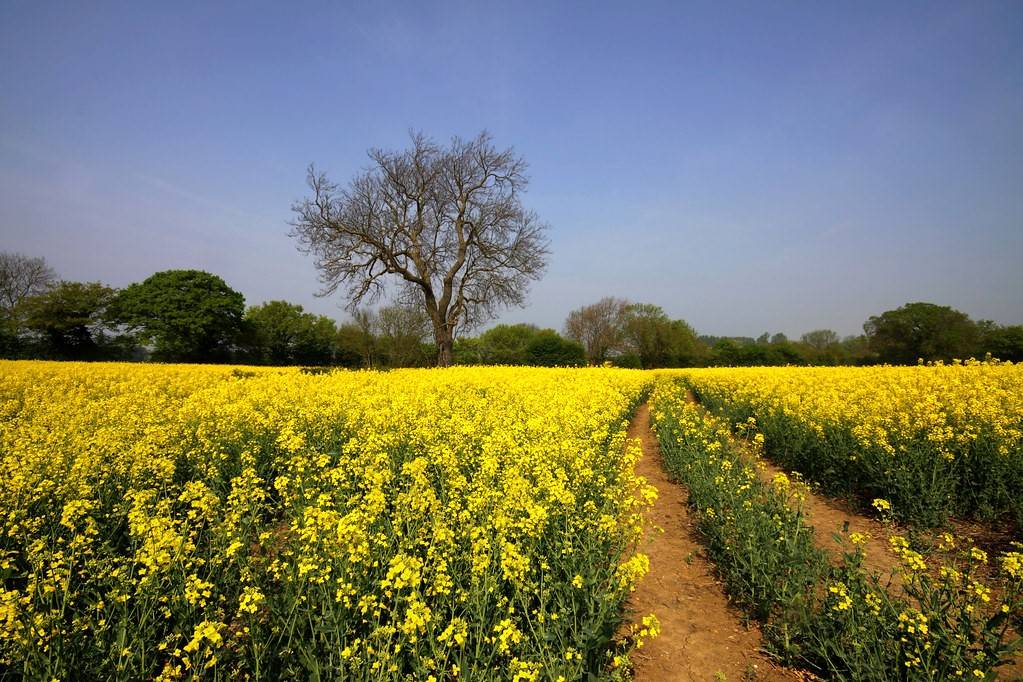
Rapeseed output in India is expected to reach a new high in 2023 as higher prices encourage farmers to plant the main winter oilseed on nearly 9% more land than a year ago, according to trade and industry officials.
Increased rapeseed production could assist India, the world's largest importer of vegetable oils, in reducing costly overseas purchases of cooking oils, which cost the country a record $18.9 billion in the fiscal year ending March 31, 2022.
India meets more than 70% of its cooking oil demand through imports of palm oil, soyoil and sunflower oil from Malaysia, Indonesia, Brazil, Argentina, Ukraine and Russia.
Rapeseed, which has the highest oil content of India's nine main oilseeds, has been planted on 8.8 million hectares so far, up from 8.1 million hectares a year ago.
"The rapeseed area can go up to 9.4 to 9.5 million tonnes this year, and that clearly suggests that rapeseed production will go up," said B.V. Mehta, executive director of the industry body the Solvent Extractors' Association of India.
"However, the weather must be favourable." Last year, farmers planted rapeseed on 9.1 million hectares and harvested 11 million tonnes of the oilseed. The early trend indicates that rapeseed production could reach a record 12 million tonnes.
However, higher temperatures may reduce per hectare yields and limit production growth, according to Krishna Khandelwal, a trader based in Niwai, Rajasthan.
The crop requires lower temperatures for higher yields, but temperatures in the largest producing northwestern belt have been 2 to 5 degrees Celsius above normal, according to weather department data.
















